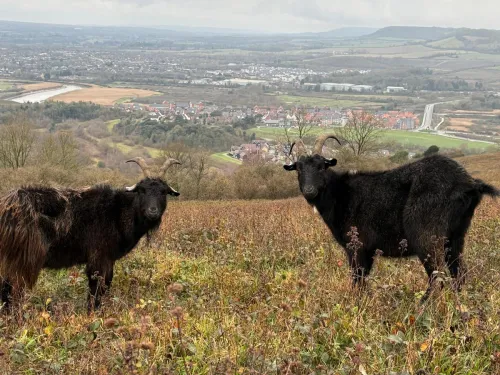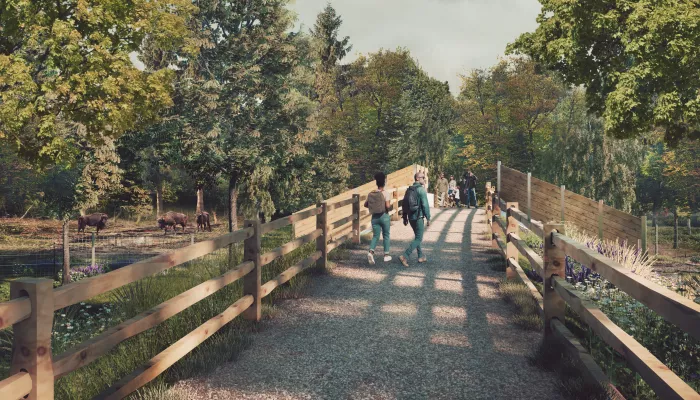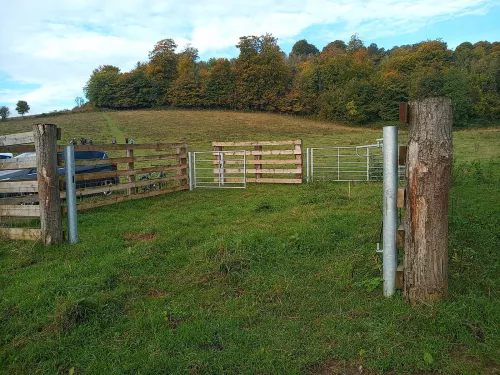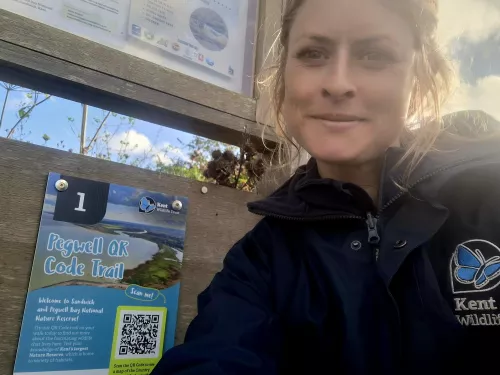
It’s the “Goat” of Christmas past
Rangers celebrate “Christmas miracle” as escaped goat returns after three-month adventure

The approval of our plans for bison bridges allows us to take realistic steps towards connecting the landscapes.Stan Smith, Kent Wildlife Trust

Rangers celebrate “Christmas miracle” as escaped goat returns after three-month adventure

Terrified cows being chased by teenagers, litter strewn over nature reserves, and the inevitable onslaught of mass pumpkin dumping in the woods – as Halloween approaches, Wardens at Kent Wildlife Trust head for their litter pickers in a bid to combat the…

Signage with scannable QR codes has been installed to help people learn about nature and raise awareness of specially protected wildlife areas after a spate of incidents